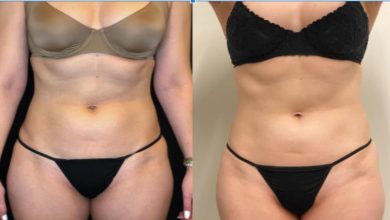How to Apply Sunscreen Every Day and Choose the Right SPF For Your Skin Type

Sunscreen is an integral component of any skincare regimen. Not only does it protect your skin from burning, but it can also delay signs of aging like fine lines, wrinkles and dark spots.
Even on overcast days, UV rays can still reach your skin and cause harm. Furthermore, they stimulate the production of free radicals which cause inflammation – leading to premature aging as well as damage to collagen and elastin.
Applying sunscreen daily, no matter where you are, is especially important when at the beach where there will be a lot of UV rays.
The ideal sunscreens offer a minimum SPF 30 and are water-resistant. They come in spray, lotion, stick or gel formats.
When selecting a sunscreen, you must take into account your skin type, the amount of UV rays it receives, and its SPF level.
If your skin is dry, look for a moisturizing formula that won’t leave it feeling sticky or heavy. Look for ingredients such as ceramides or hyaluronic acid which will keep your skin supple and hydrated.
Additionally, opt for a sunscreen that is oil-free and non-comedogenic; this ensures your pores won’t get clogged.
Furthermore, using a physical or mineral sunscreen with zinc oxide and titanium dioxide is recommended since they are more effective than chemical-based formulations.
These tend to cause less irritation and allergies, making them a great option for people with acne-prone or sensitive skin.
In addition to using a high-quality sunscreen, it’s essential to apply the correct amount. According to the American Academy of Dermatology, adults should apply one ounce of sunscreen on their entire body (not just the face) and reapply it every two hours while out in the sun.
For sensitive skin types, it’s best to steer clear of oxybenzone and parabens as these can cause rashes. Instead, opt for a sunscreen specifically formulated with this in mind.
Joyce Davis, MD a dermatologist in New York City recommends applying sunscreen at least every two hours, after swimming or sweating and after applying makeup. Doing this will provide your skin with maximum protection from UV rays across a wide range of wavelengths.
Finally, if your skin tends to get oily, opt for a light and oil-free formula that will regulate production. You may also choose a mattifying sunscreen which will tone down shine.
You can select a spray, lotion, stick or gel sunscreen according to your preferences and skin type. Be sure to massage the product into your skin and wait at least 20 minutes before going out into the sun.

